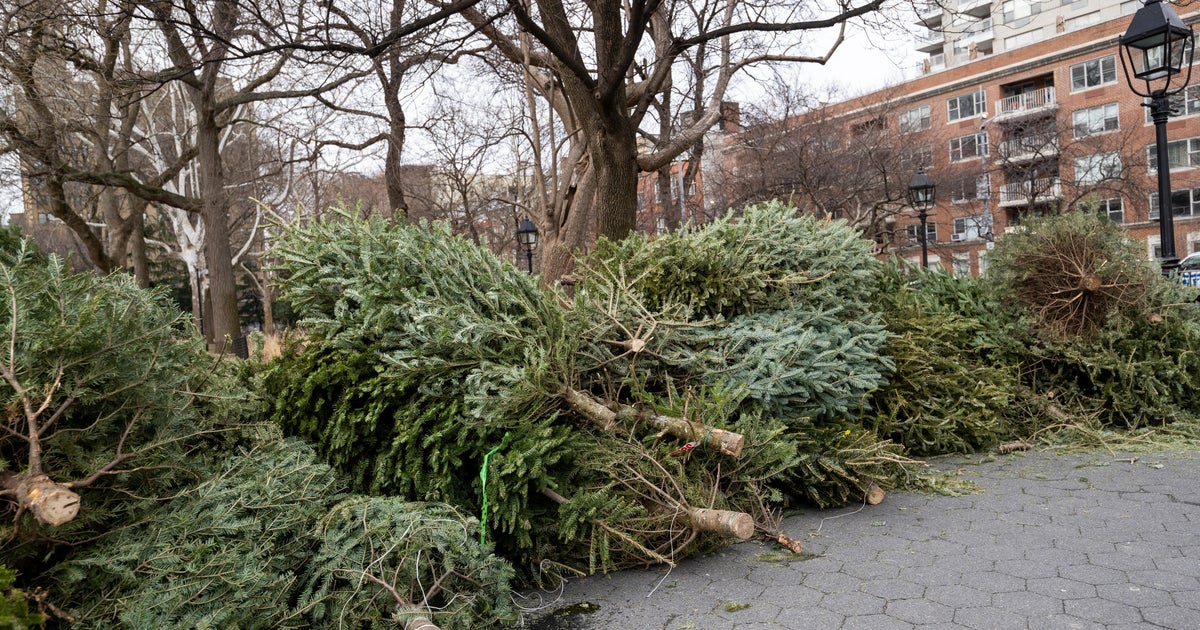Snapshot NY: Central Park An International Destination For Birds, And Bird Watchers
NEW YORK (CBSNewYork) -- You might not associate New York City with wildlife, but it's a travel destination for bird watchers from all over the world, especially this month, during migrations.
That's the focus of this week's Snapshot with Steve Overmyer.
The sounds of spring are sweeter with birdsong.
"There are moments like this right here. This is a super busy park and you kind of feel like you have it to yourself," said Tod Winston, a birding guide for New York City Audubon.
READ MORE: Big Day For Bird Watchers In Central Park: Extremely Rare Cerulean Warbler Spotted
Winston is a champion for nature. Every walk through the Ramble is a reunion of friends.
"For me, and this is when I always feel I'm the corniest when talking about birds, but it's really true, that I've come to feel as though these guys are all my buddies. And part of the joy of learning birdsong is that when you walk around, you kind of go, 'Oh hey! Oh, there's so and so. Oh, I didn't know he was going to be here.' Things show up that you didn't expect," Winston said.
Bird watchers, or birders, use binoculars, but experts can identify a bird by sound.
"I've really come to rely on my ears to bird. But it's such an amazing way to feel connected to the natural world around you," Winston said. "It's kind of a zen thing that you can completely lose yourself in."
Bird watching has surged in popularity during the pandemic. It's not expensive. It gets you in nature, and it's soothing.
"You can bird by yourself. It's just sort of a meditative experience that you just lose yourself and have peace from everything else in your life," Winston said.
"There are a lot of warblers. There's a Northern Parula Warbler that just sang that," he said
Those birds are near the tops of the big trees.
"This is how you get what we call 'warbler's neck,'" Winston said. "Warbler's neck is when you spend the whole morning [looking up]."
READ MORE: Advocates Working To Document Which New York City Glass Buildings Pose Threats To Unsuspecting Birds
New York City is in the middle of an avian superhighway call the Atlantic Flyway. Thirty three percent of all North American birds migrate through the Big Apple. In a sea of buildings, their favorite rest stop is the biggest patch of green: Central Park.
"That's what's so incredible about birding in New York City. A lot of people who have lived here their lives don't realize there's this incredible diversity of birds just right here," Winston said.
It makes New York City one of the top bird watching locations in the world. Overmyer spotted a Canada goose protecting her goslings, who were less than 24 hours old. In the middle of the most multicultural city in America, even a red-winged blackbird and a grackle can share a moment on a rock.
Sometimes their beauty belies their temperament.
"Blue jays are jerks, huh?" Overmyer asked.
"I often call them the mafia of the bird world," Winston said. "Blue Jays will mob a hawk or an owl. We call it 'mobbing.' They just fly in there and harass it until the hawk or owl leaves. So, they in some ways protect an area from predators, but then they exact a price. Because they come in during nesting season and take your eggs."
READ MORE: Finch Owners Say Birds Can Be A Big Source Of Money In Singing Races, Leading To Illegal Smuggling
From red bellied woodpeckers, to hooded warblers, to tree swallows. Hundreds of bird watchers flock just to get a glimpse.
"What we have here is a murmuration of humans," Overmyer said.
"Ha! Murmuration! That's a good bird word, Steve," Winston said.
And for a fleeting moment, birders get to catch nature in its most fascinating.
"I just feel like it's such a privilege to be close to these creatures that are from another world. They just flew from South America and they're on their way to Canada. It's this crazy experience to be so close to beautiful little creatures that I don't know anything about, but I get to know for a few moments through my binoculars," Winston said.
During that morning in Central Park, Winston identified 51 different species, some by sound alone.





